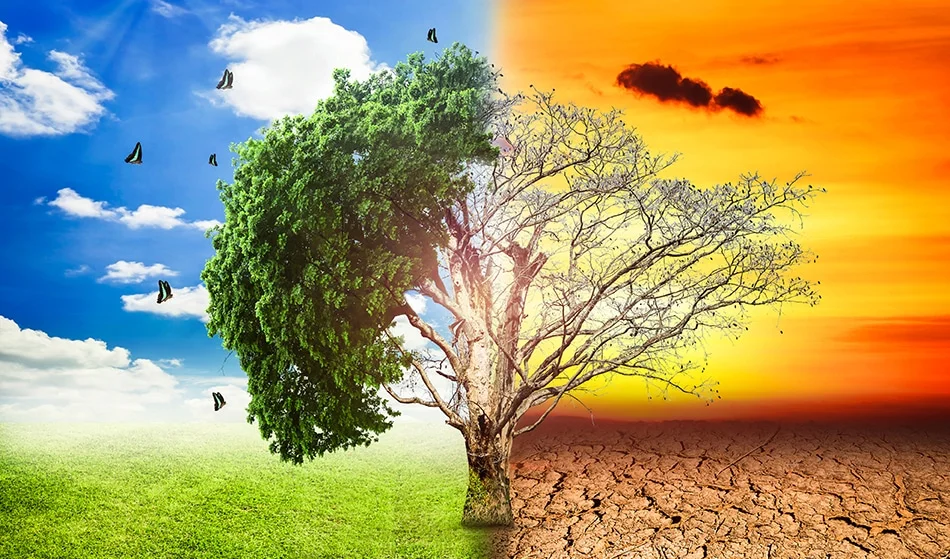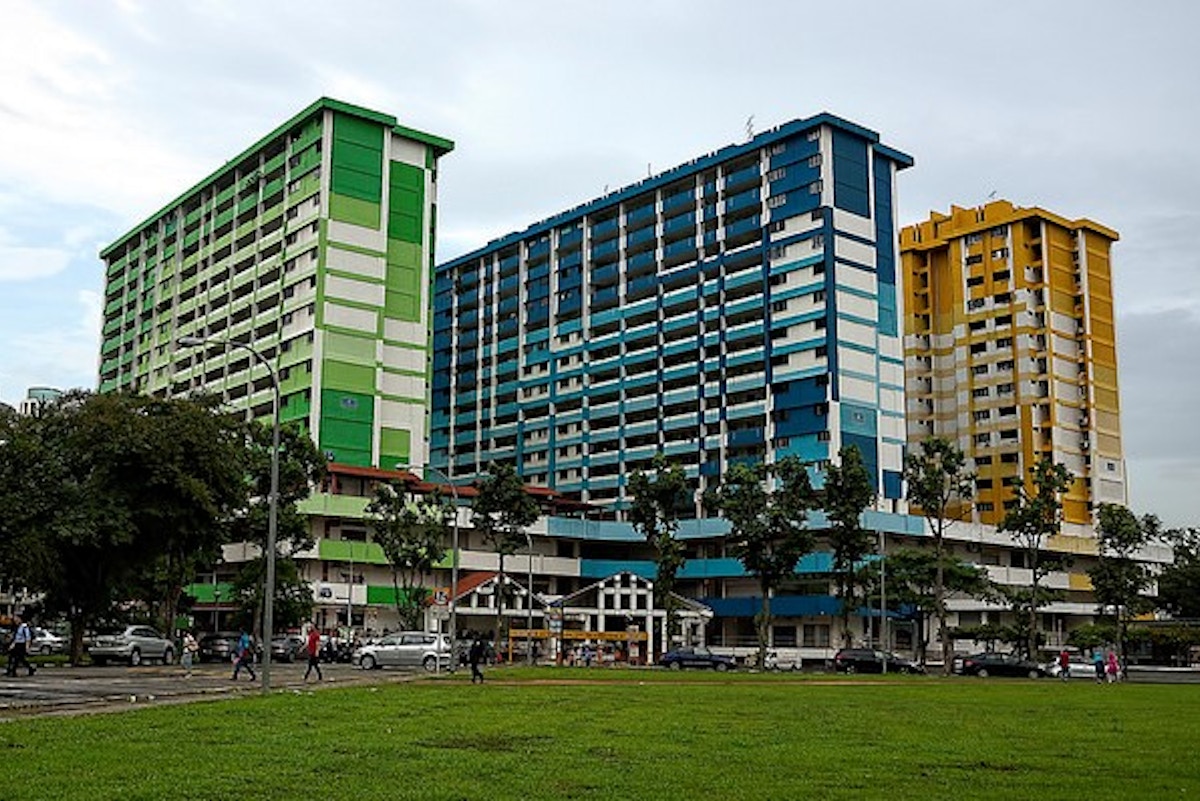Global warming
Courtesy : www.aavas.in/
Global warming and adverse climatic changes are among the most distressing troubles worldwide due to the increased volume of pollution. The problems of natural calamities like fire in forests, floods, drought, and crop spoilage are a curse to mankind. Developing countries like India are also not untouched by this problem. Massive construction is one of the major factors in carbon emissions. Today, Scientists are trying their best to solve this problem. Amidst all this, the green home concept has shown a ray of hope in this era focused on construction.
Here in this article, we are sharing the facts and all the information related to the green home concept. With the help of this, you can also make your dream home eco-friendly in less time and at a reasonable cost. High construction costs, a polluted environment, and expensive prices of electricity, water, and awareness of the environment have increased the demand for the green home concept and its popularity.
In the last few decades, the trend of the green home has increased greatly in the countries of America and Europe. Generally, Indian houses are not eco-friendly.
Why does India require more green homes when the worlds most need green homes in India?
- India is the fifth largest carbon emitter in the world.
- The country is facing a massive electricity crisis.
- The sources of water in India are also limited and the population is increasing rapidly.
- According to the World Bank report, if India does not take serious initiatives for water management in the next twenty years, there will be a deep water crisis in India.
- In the big cities, the land for construction is exhausted, the gardens and parks are few, and people do not get fresh air in the urban areas.
- Rainwater is wasted because, in urban areas, people are not able to manage or save rainwater.
Do you know that if only 20% of the 10 lakh houses become green homes, then 4 green homes can save enough water to supply 1 additional house, and 5 green homes together will save enough energy to power 1 additional house? These 2 lakh green homes can also save Rs 1087 crore annually in India’s healthcare by reducing CO2 emissions.
Does your current home get very hot in the summer?
Are you worried about the bills and shortage of electricity and water?
Do you want your home to consume less electricity and water?
Do you want your home to be cool in the summer?
Are you curious to know about what a “green home” is, the definition of “green housing”, the process of building a green home, and its benefits?
“Green Home” is an environmentally friendly house design.
1) Keeps your home cool in the summer by protecting it from outside heat
2) Allows enough air and light to directly enter the house
3) Produces electricity and hot water using solar energy
4) Lowers electricity and water consumption and costs
5) Rainwater Harvesting
Green homes are such homes where there is a natural environment, which saves electricity and water costs as well as causes less damage to the environment. Green homes not only save money on higher bills but also provide many health benefits. Green homes are open, airy, and full of light. Green Homes Also called greenhouses, greenhouses are designed in such a way that they reduce the emission of harmful gases during and after construction and reduce soil pollution in nature.
Generally, red bricks are used in the construction of ordinary houses, which is extremely harmful to the environment. But there are plenty of alternatives to red bricks available that are eco-friendly as well as cost-effective, such as fly ash bricks, hollow concrete blocks, or AAC blocks. These blocks are used to build strong walls in green homes. The blocks of fly ash are machine cut, due to which the plaster finish on the walls is good and smooth, and the plaster coat is less too. The windows of the Green Home are fully tinted and thatched. It also keeps the house cool in the summer while protecting it from rain and sun.
Lights, fans, ACs, and all other electronic items in a green home are installed according to ratings, so they consume less electricity and save more energy. Solar panels and solar water heaters are also installed in green homes, which saves more electricity.
To reduce water consumption, special taps and showers are installed in green homes. Rainwater harvesting technology is used on the roofs of green homes so that rainwater can be stored for drinking for a long time.
The roofs of houses in India are long and wide, and we do not use them much. But the roof can be very beneficial for keeping our home cool and ventilated. A few layers of white reflective paint on the roof protect the house from the scorching sun in summer. Reflective paint is cost-effective and easily available. Instead of paint, we can also use reflective tiles that last for years, which keep the house cool as well as give a beautiful look to our roof.
We can also add some advanced features to our greenhouses, such as solar panels, solar water heaters, and a rainwater harvesting system. The use of natural resources helps in reducing water consumption and electricity bills.
Green homes are cost-effective and affordable, and the government of India is benefiting more and more people by introducing appropriate schemes in support of green homes. Encouraged by these schemes of the government, people are becoming aware of green homes.
We can save the earth from thousands of tonnes of pollution by building more green homes. It will be an important initiative toward environmental awareness for the upcoming generations.
Before building a green home, every person wants to know some basic facts like the cost of building a green home, where to get complete information about green homes, and whom to contact to build a green home. And so on.
Neither do you have to pay much to build a green home, nor do you need specially trained workers or products to build a greenhouse? All the construction materials used in making a green home are easily available.
“Green Home” is not a complicated but simple process in which you can choose your preferred design and save around 20% on electricity and water costs, which is recovered within 2-3 years. Aavas Financiers Limited provides you with the technical and financial support to build a green home.
How to Make a Green Home?
Step 1: Select a Green Home Package: The members of the housing team will properly guide you and explain the cost price and its benefits.
Step 2: Include extra expenses in the loan; this will reduce your extra expenses.
Step 3) Begin building the house: The housing engineer will provide you with a green home manual and will guide you on the construction site regularly.
Step 4: Obtain an EDGE Certificate: An EDGE certificate will validate your home’s status as a green home.
Green Homes’ Advantages and Key Features:
- Less power consumption
- Less water consumption
- Low maintenance cost
- Naturally air-conditioned
- Strength and durability
- Low construction costs
- Eco-friendly




